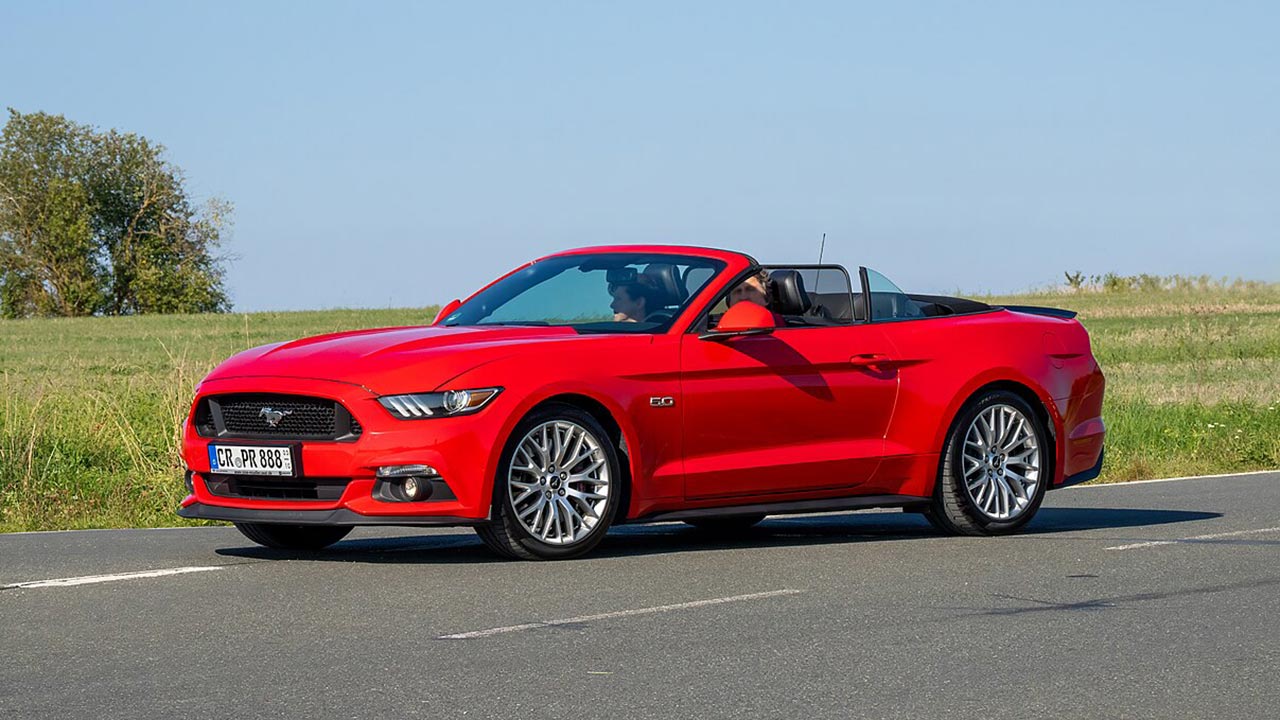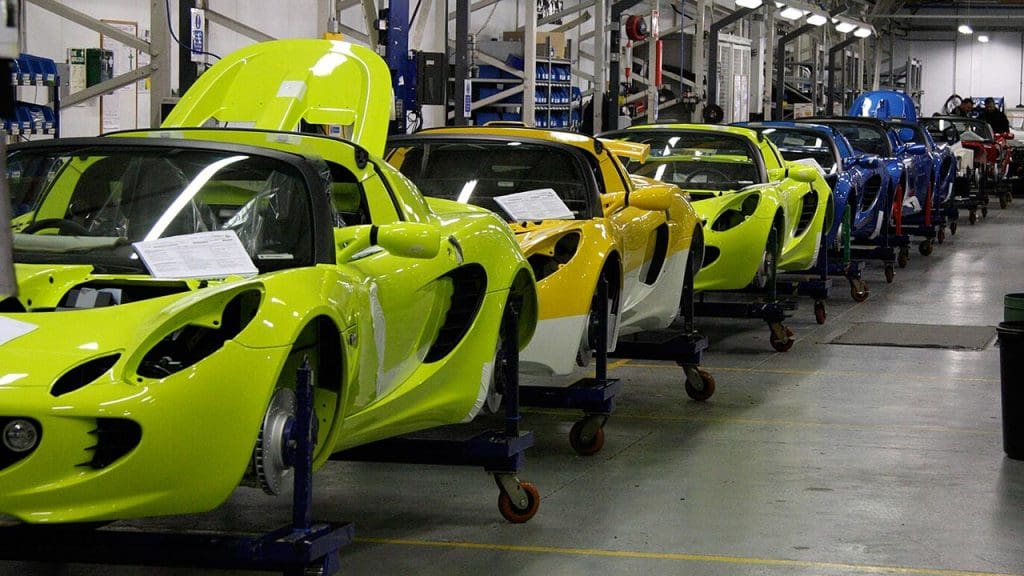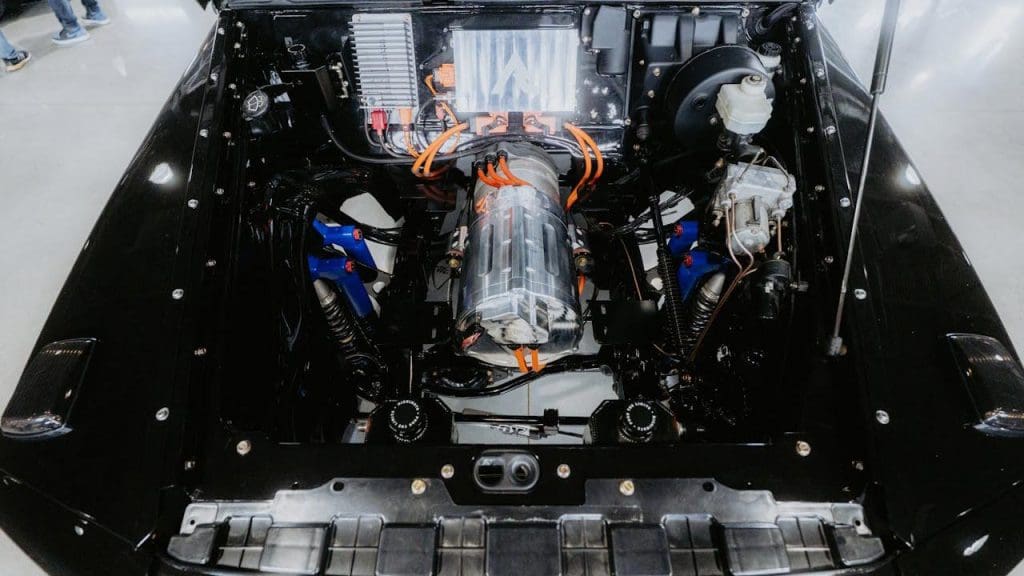
Ford is at a critical juncture as it navigates the complexities of the modern automotive industry. Experts are sounding alarms over strategic decisions that could have long-term repercussions. As Ford accelerates its move towards electric vehicles, questions arise about the sustainability of its strategies in a rapidly evolving market landscape.
The Shift to Electric: A Double-Edged Sword

Ford’s ambitious Model E division has become a central focus of its strategy, a move fraught with both potential and peril. The company’s heavy investment in electric vehicles (EVs) is a bold step, but it raises questions about financial stability. According to a recent analysis, there’s concern that the focus on Model E might be dragging down Ford’s overall results, a situation that demands careful balancing between innovation and fiscal prudence.
Moreover, the market’s readiness for a full-scale shift to electric vehicles remains uncertain. Infrastructure for EVs is still developing, and consumer willingness to adopt these new technologies varies geographically. Ford must navigate these challenges while competing against established players like Tesla and new entrants in the electric space.
Impact of Trade Policies on Production Costs

The automotive industry is not immune to the impacts of global trade policies, and Ford is no exception. The tariffs and trade policies from the Trump administration have imposed significant strain on Ford’s supply chain, affecting production costs. As highlighted in recent reports, these policies have complicated the financial landscape for American automakers.
Relying heavily on international suppliers exposes Ford to vulnerabilities in its global supply chain. With shifting trade dynamics, the decision between domestic and international production becomes more critical. Ford’s strategy must consider these factors to maintain cost efficiency and adapt to the changing economic environment.
Consumer Preferences and Market Trends

Consumer preferences are evolving, with a growing demand for sustainable and technologically advanced vehicles. Ford has capitalized on the popularity of SUVs and trucks, but this reliance carries risks if market trends shift unexpectedly. The company must stay attuned to these changes to avoid over-dependence on a single vehicle category.
Maintaining brand loyalty is another challenge as competition intensifies. With more brands entering the market, Ford must innovate and adapt to retain its customer base, ensuring that its vehicles meet the expectations of modern consumers.
Financial Health and Investor Confidence

Ford’s financial performance is under scrutiny as the company grapples with industry shifts. Profit margins are under pressure, and maintaining profitability while investing in future technologies is a delicate balance. Investors are keenly observing Ford’s strategic decisions, and the stock market has reacted accordingly, reflecting concerns about long-term sustainability.
Whether Ford’s current strategies are financially and environmentally sustainable remains a pivotal question. The company’s ability to adapt and thrive in the changing landscape will determine its future success.
Technological Innovation and Adaptation

Ford has made strides in autonomous vehicle technology, aiming to revolutionize the automotive industry. However, the path to fully autonomous vehicles is fraught with regulatory and technological challenges. Progress in this area is crucial for Ford to remain a competitive force in the market.
Additionally, Ford’s digital transformation efforts are vital as the automotive world becomes increasingly connected. Integrating digital technologies into vehicles and operations is essential, though it presents its own set of challenges. The company’s research and development priorities must align with emerging industry trends to ensure continued relevance and innovation.